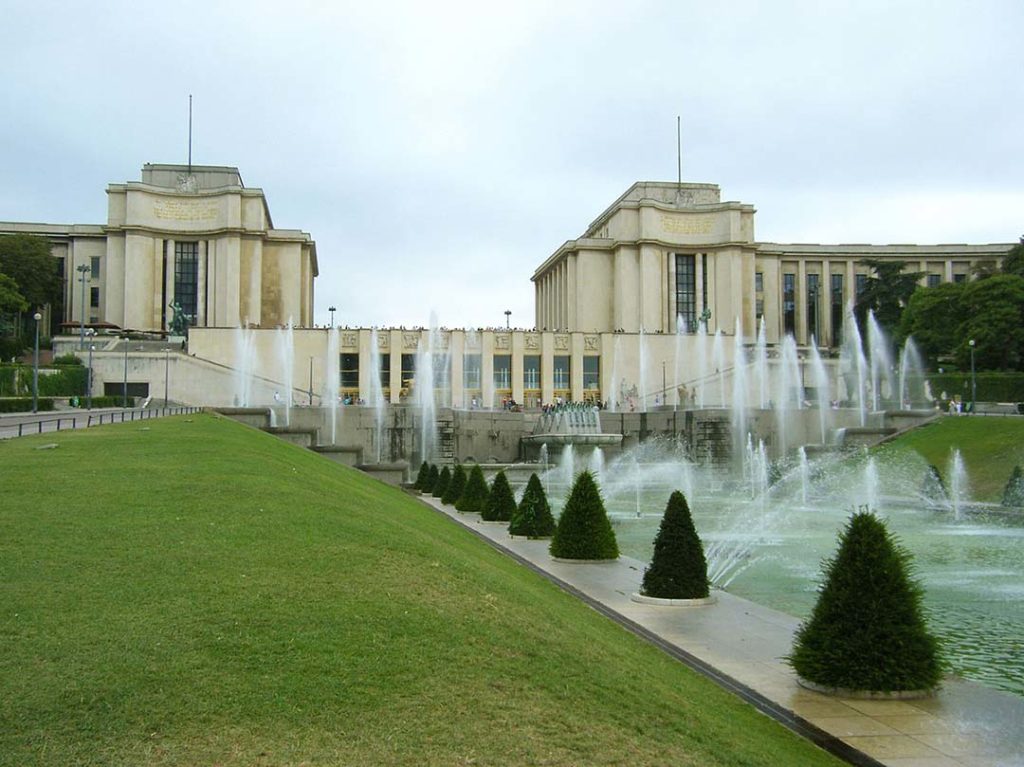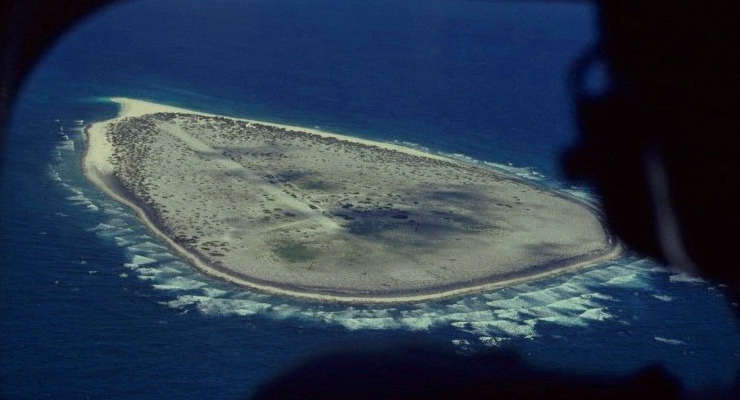After the destruction of multiple historically important medieval buildings, Victor Hugo wrote an article in 1825, “Guerre aux démolisseurs!” (“War on the demolishers!”). Hugo’s article and widespread support for his idea led to the start of protecting historic monuments. But historic monuments are only part of the history that can be found at a specific location. Up until fairly recently, developers and contractors have been able to build on apparently empty spaces without any investigation into the ground below or preservation/conservation of what was found in the ground.
In other words, if contractors dug up the ground and found historic artifacts, they could disregard the ruins below and immediately continue with their constructions. All without any preservation or study of the site, or the objects.
Even if they found Gallo-Roman or Medieval ruins, burial grounds, roads, temples, etc…., nothing would have to be conserved. Ignore that history and keep on building! This article is a bit dense. But, stick with me and hopefully you will appreciate Inrap and its work with Tromelin.
Inrap
Obviously, tearing up and throwing away ancient ruins was not good. After multiple scandals involving the destruction of large and significant finds around the turn of the 21st century, France enacted laws that require an archeological study of building sites. Inrap is the department tasked with preventing the loss of archeological heritage on land, and in water, and providing the results of those studies to the public. Inrap is short for, “Institut national de recherches archéologiques préventives.” Or, in English, “French National Institute for Preventive Archaeological Research.”
This is a tremendous task given that the land of France is dotted with scattered sites from pre-written history, to Roman times, to sites as recent as WWI and WWII. The published results from Inrap’s work are fascinating and widely diverse. It seems that the archeologists are finding more and more mesmerizing works every day!
Graffiti from soldiers in caves during WWI; thousand-year-old footprints in Normandy; a ritual Jewish bath from Medieval France; Gallic warriors from 3 and 4 centuries BC; hunter-gathers in Paleolithic times – they find it all in France. And with more construction, more astonishing archeological ruins are found and investigated.
The Utile
Through its research, and its obligation to provide information to the public, Inrap helps with various public exhibitions. These exhibitions generally display the work of this important organizations. One of these exhibitions in which it played a significant role is, “Tromelin, the Island of Forgotten Slaves.” The final stop of this traveling exhibition is at the Musée de l’Homme in Paris from February 13, 2019 until June 3, 2019.
The exhibition explores the French East India Company’s, Utile, and what happened to its passengers. The Utile was shipwrecked in 1761 on a desert island in the Indian Ocean. Along with its French crew, the ship was carrying an illegal cargo of 160 enslaved Malagasy people. (Malagasy are natives of Madagascar; Malagasy in French is Malgache.)
On the desert island, French and Malagasy survivors made a raft to try to return to Madagascar. Leaving 80 surviving Malagasy people on the island with a 3 month supply of food, the French crew sailed away promising to return to rescue them as soon as they reached Madagascar.
The ones who left the island never returned for the survivors.
Tromelin
Fifteen years later, a Frenchman named, Bernard Boudin de Tromelin, captained his ship to the island and rescued the only remaining survivors: 7 Malagasy women and an eight-month-old Malagasy child. The remote island remains a French territory and is now named, Tromelin Island, in honor of the rescuer.
Inrap Research Expeditions
Since the 2000s, Inrap has played a decisive role in thoroughly researching all historical details of enslaved peoples during France’s colonial period. Because the location included a shipwreck, Inrap formed a collaboration with the Naval Archeology Research Group (le Groupe de recherche en archéologie navale, or GRAN).
Both groups wanted to collect as much information, using the latest technology, and as comprehensively as possible. In multiple expeditions between 2006 and 2013, the organizations conducted historic, archeological and environmental work on the island and in its waters.
The Exhibition
The culmination of this research and the efforts of other participating organizations is the public exhibition, “Tromelin, the Island of Forgotten Slaves.” It is divided into three sections: examining the slave trade in the Indian Ocean; the archeological information collected about the enslaved people, their culture while on the island, their food, life and death; and finally, memorial.
Since 2015, it has been traveling to various cities of France with great success. Now, it makes its last stop in Paris at one of the great museums in France.
Information
“Tromelin, The Island of Forgotten Slaves”
(“Tromelin, l’Île des Esclaves Oubliés”)
Musée de l’Homme
Address: 17 place du Trocadéro, 75016
Nearest Métro: Trocadéro; exit at “Avenue Paul Doumer – Musée de l’Homme”
Official website of Musée de l’Homme: http://www.museedelhomme.fr/en
Musée de l’Homme (Museum of Man) is part of the National Natural History Museums in France and it presents the evolution of humans and human societies. It occupies one side of the gargantuan Palais de Chaillot (across from the Eiffel Tower).

Interested in Inrap? Read more here. The site even has an extract of a film about the enslaved Malagasy who were abandoned on the island.

